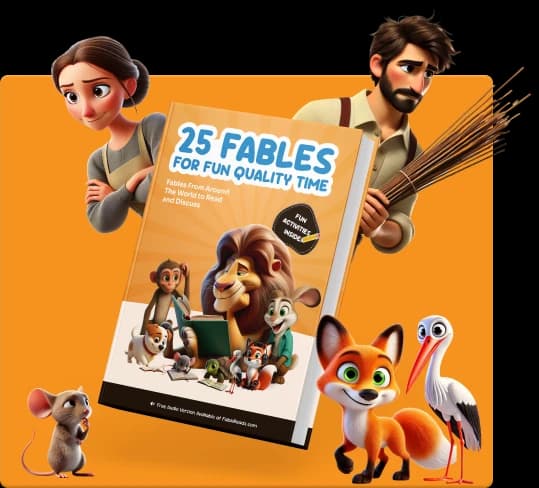Die Milchfrau und der Milchtopf
|
Ein Mädchen träumt von großem Reichtum, aber verschüttet ihre Milch, was ihre Träume zunichte macht.

Es war einmal ein junges Mädchen, das einen Milchkrug auf dem Kopf trug. Sie war auf dem Weg zum Markt und dachte darüber nach, was sie mit dem Geld machen würde, das sie für den Verkauf der Milch bekommen würde.
Sie sagte zu sich selbst: "Wenn ich diese Milch verkauft habe, werde ich Eier kaufen. Die Eier werden zu Küken schlüpfen. Die Küken werden mehr Eier legen. Bald werde ich viele Hühner haben. Dann kann ich die Hühner verkaufen und mir ein hübsches Kleid und schöne Schuhe kaufen. Ich werde so schön aussehen, dass alle Jungen im Dorf mich bemerken werden. Vielleicht möchte mich dann sogar der Sohn des Bürgermeisters heiraten!"
Während sie von ihrer Zukunft träumte, bewegte sie ihren Kopf zurück, als ob sie ein schönes Kleid tragen würde. Aber oh nein! Der Krug fiel von ihrem Kopf und die ganze Milch lief aus.
Sie sah die Milch auf dem Boden und erkannte, dass ihre Träume nun unerreichbar schienen. Sie hatte alles verloren, weil sie zu beschäftigt war, zu träumen, und nicht darauf achtete, was sie tat.
Kaufen Sie ein Buch und helfen Sie dabei, Fabeln in die Welt zu bringen
Genießen Sie 25 ausgewählte Fabeln fürs Leben, gedruckt. Jeder Kauf unterstützt kostenlose Geschichten für Kinder, Eltern und Lehrer weltweit auf fablereads.com

















